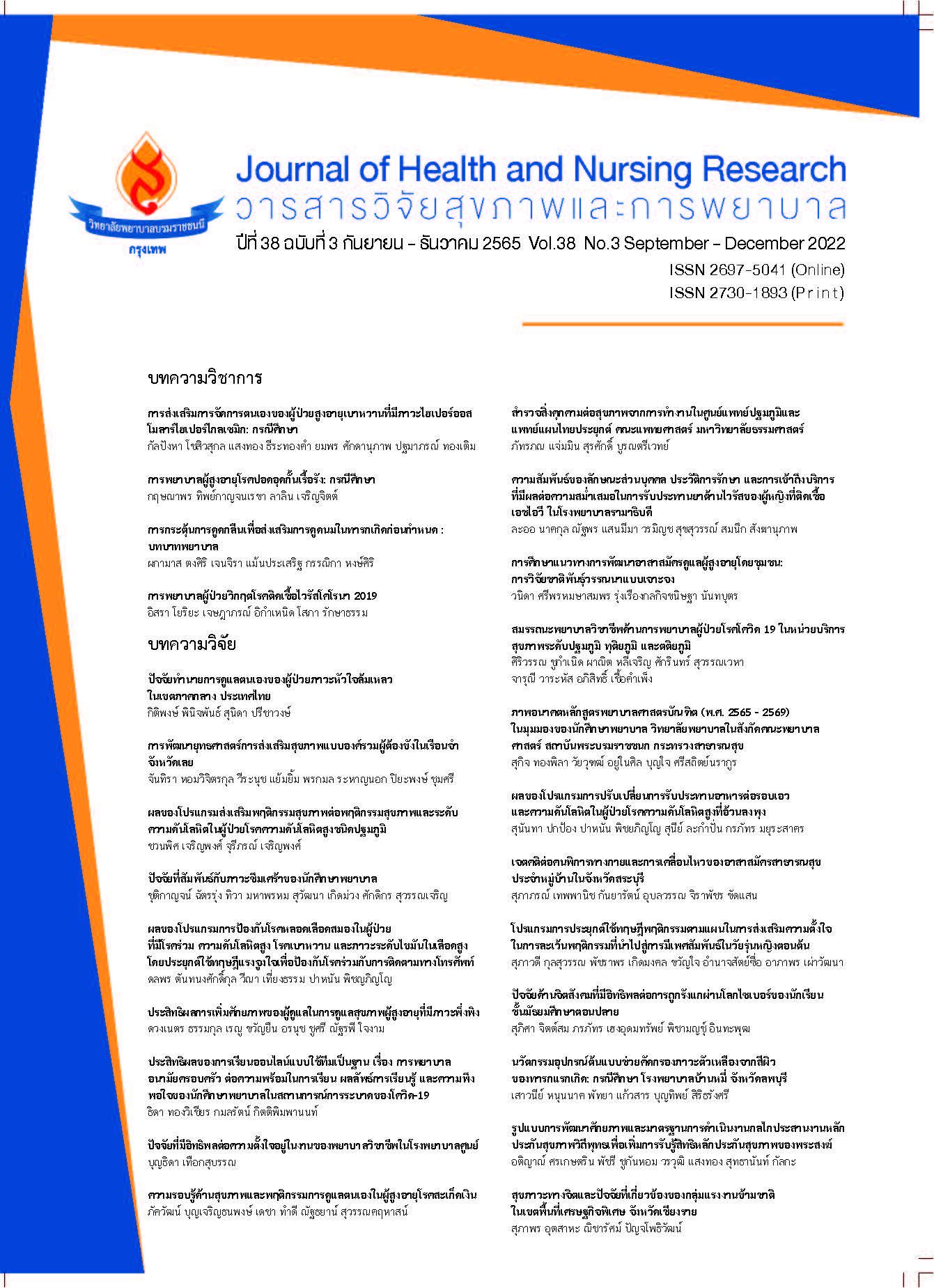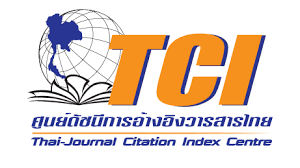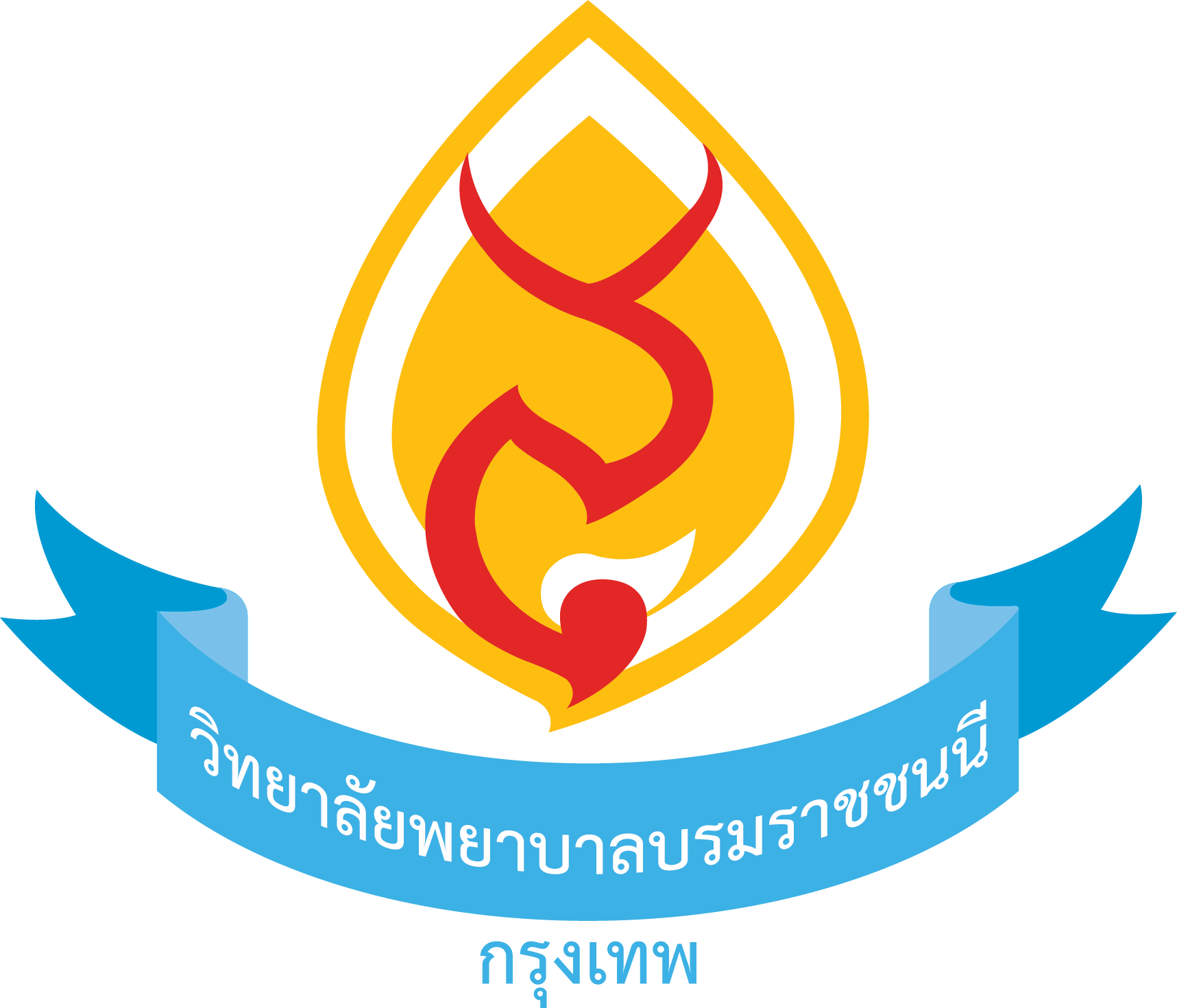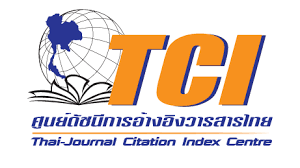บทบาทพยาบาลในการจัดการอาการของผู้สูงอายุโรคปอดอุดกั้นเรื้อรัง: กรณีศึกษา
คำสำคัญ:
บทบาทพยาบาล , การจัดการอาการ , โรคปอดอุดกั้นเรื้อรัง , ผู้สูงอายุ, กรณีศึกษาบทคัดย่อ
บทนำ: โรคปอดอุดกั้นเรื้อรังเป็นความผิดปกติของระบบทางเดินหายใจที่มีการอุดกั้นของทางเดินหายใจอย่างถาวร ซึ่งเกิดจากการเปลี่ยนแปลงภายในของหลอดลมหรือเนื้อปอดทำให้หลอดลมตีบแคบลงและจากการเปลี่ยนแปลงทางสรีรวิทยาของระบบหายใจผู้สูงอายุส่งผลกระทบต่อการควบคุมโรคลำบาก
วัตถุประสงค์: เพื่อนำเสนอความรู้เกี่ยวกับการเปลี่ยนแปลงทางสรีรวิทยาของระบบหายใจในผู้สูงอายุ แนวปฏิบัติทางคลินิกสำหรับผู้ป่วยโรคปอดอุดกั้นเรื้อรัง ตัวอย่างการประยุกต์ใช้ทฤษฎี หลักฐานเชิงประจักษ์หรือนวัตกรรมในการพยาบาลผู้ป่วยโรคปอดอุดกั้นเรื้อรังในชุมชน และบทบาทพยาบาลในการจัดการอาการหายใจลำบากในผู้สูงอายุโรคปอดอุดกั้นเรื้อรัง
ประเด็นสำคัญ: ผู้สูงอายุมีการเปลี่ยนแปลงทางสรีรวิทยาของระบบหายใจเมื่อเป็นโรคปอดอุดกั้นเรื้อรังส่งผลต่อการควบคุมอาการหายใจลำบากจนเกิดภาวะเรื้อรังของโรคโดยไม่สามารถกลับคืนสู่สภาพปกติได้ สมรรถภาพปอดลดลงมากขึ้นอาการเหนื่อยรุนแรงขึ้นเป็นอุปสรรคต่อการทำกิจกรรม มีภาวะพึ่งพามากขึ้น มีความวิตกกังวลและซึมเศร้า ส่งผลให้คุณภาพชีวิตลดลง ซึ่งมีความสำคัญในการให้การพยาบาล
สรุป: การพยาบาลผู้สูงอายุโรคปอดอุดกั้นเรื้อรังต้องมีการประเมินระดับความรุนแรงและจัดระดับความรุนแรง การรักษาส่วนใหญ่มุ่งรักษาตามอาการโดยการใช้ยารับประทาน ยาพ่นสูด และการรักษาโดยใช้เครื่องช่วยหายใจ พยาบาลมีบทบาทที่สำคัญ คือ เป็นผู้ช่วยเหลือและให้การพยาบาล โดยวางแผนการพยาบาลในการดูแลผู้ป่วยระยะยาว รวมถึงการดูแลต่อเนื่องที่บ้านเพื่อให้ผู้ป่วยสามารถปฏิบัติตัวที่บ้านและสามารถดำเนินกิจวัตรประจำวันได้อย่างปกติส่งเสริมให้ผู้สูงอายุมีคุณภาพชีวิตที่ดีขึ้น
ข้อเสนอแนะ: โรคปอดอุดกั้นเรื้อรังถ้ามีการจัดการที่เหมาะสมในเรื่องของการคัดกรอง การรักษา การพยาบาลรวมถึงความร่วมมือของผู้สูงอายุในการปรับพฤติกรรมจะสามารถช่วยชะลอความเลวลงของโรค ส่งเสริมให้มีคุณภาพชีวิตที่ดีขึ้น
Downloads
เอกสารอ้างอิง
Jinakoti M, Pongpanich K. Respiratory changes in the older adults and physical therapy management. Royal Thai Army Medical Journal 2018;71(4):279-83. (in Thai).
Stanojevic S, Wade A, Stocks J, Hankinson J, Coates AL, Pan H, et al. Reference ranges for spirometry across all ages: a new approach. Am J Respir Crit Care Med. 2008;177:253-60.
Chang AB, Widdicombe JG. Cough throughout life: children, adults and the senile. Pulm Pharmacol Ther. 2007;20:371-82.
Dejsomritrutai W. Public Health Service Practice Guidelines chronic obstructive pulmonary disease. Thai Journal of Tuberculosis Chest Disease and Critical Care 2010;31(3):101-40. (in Thai).
Thoracic Society of Thailand under Royal Patronage Recommendations for the care of patients with chronic obstructive pulmonary disease 2017. Bangkok: Beyond Enterprise Company Limited; 2017 (in Thai).
Global Initiative for Chronic Obstructive Lung Disease (GOLD): 2017 Report. [Internet]. 2019 [cited 2022 Jan 18] Available from: https://goldcopd.org/wp-content/uploads/2017/02/wms-GOLD-2017-FINAL.pdf
World Health Organization (WHO). Chronic respiratory diseases. [Internet]. 2019 [cited 2022 Jan 18] Available from: http://www.who.int/respiratory/copd/en/
Benismaall A, Ruangdej K, Lim A, Chaosuansreecharoe P. Effective medical care program to promote health behaviors and quality of life of chronic obstructive pulmonary disease patients: a case study of Thungyangdaeng Hospital, Pattani Province. Nursing Journal of the Ministry of Public Health 2013;21(2):39-49. (in Thai).
Ketvatimart M, Phaonoi B, Peungtim P, Kittithan P. Effectiveness of pulmonary rehabilitation guidelines implementing for patients with chronic obstructive pulmonary disease in Saraburi hospital. NJPH 2013;22(2):49-63. (in Thai).
Pipopsuthipaiboon S, Kengganpanich M, Kengganpanich T, Chuaychoo B. The effectiveness of a self-management program for pulmonary rehabilitation of patients with chronic obstructive pulmonary disease. Journal of Public Health 2017;47(2):201-211. (in Thai).
Chanaman P. The Development of self-management program in the older patients with chronic obstructive pulmonary disease. Nursing Public Health and Education Journal 2018;19(1):62-72. (in Thai).
Thanawong L, Nantachaipan P, Soivong P. Effects of a self-management promotion in pulmonary Rehabilitation on Functional Capacity and Health Care Utilization Among Persons with Chronic Obstructive Pulmonary Disease. Nursing Journal 2016;43(2):45-56. (in Thai)
Korpershoek YJG, Slot JCB, Effing TW, Schuurmans MJ, Trappenburg JCA. Self-management behaviors to reduce exacerbation impact in COPD patients: a delphi study. International Journal of COPD 2017;12:2735–46.
Jolly K, Sidhu MS, Hewitt CA, Coventry PA, Daley A, Jordan R, et al. Self-management of patients with mild COPD in primary care: randomized controlled trial. BMJ 2018;361(k2241):1-14.
Kobpungton P, Uttama C, Aungpairoj N, Khantarak P. Development of a case management system for the chronic obstructive pulmonary disease at Nakornping hospital. Journal of Nursing Science & Health 2011;34(2):22-31. (in Thai)
Creer LT. Self-management of chronic illness. In: Boekaerts M, Printrich PR, Zeidner M. (Eds.). Handbook of self-regulation. San Diego, CA: Academic; 2000. p. 601-29.
Creer TL, Holroyd KA. Self-management. In: Baum A, McManus C, Newman S, Weinman J,West R. (Eds.). Cambridge handbook of psychology, health, and behavior Cambridge: Cambridge University Press; 1997. p. 255-58.
Riegel B, Carlson B, Glaser D. Development and testing of a clinical tool measuring self-management of heart failure. Heart and Lung 2000;29(1):4-15.
Dodd M, Janson S, Facione N, Faucett J, Froelicher ES, Humphreys J, et al. Advancing the science of symptom management. J Advnurs 2001;33(5):668-76.
ดาวน์โหลด
เผยแพร่แล้ว
รูปแบบการอ้างอิง
ฉบับ
ประเภทบทความ
สัญญาอนุญาต
ลิขสิทธิ์ (c) 2022 วารสารวิจัยสุขภาพและการพยาบาล (วารสารวิทยาลัยพยาบาลบรมราชชนนี กรุงเทพ)

อนุญาตภายใต้เงื่อนไข Creative Commons Attribution-NonCommercial 4.0 International License.
บทความที่ได้รับการตีพิมพ์ เป็นลิขสิทธิ์ของวารสารวิจัยสุขภาพและการพยาบาล (วิทยาลัยพยาบาลบรมราชชนนี กรุงเทพ) ไม่สามารถนำไปตีพิมพ์ซ้ำในวารสารฉบับอื่น


















